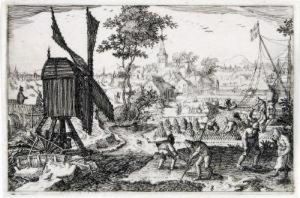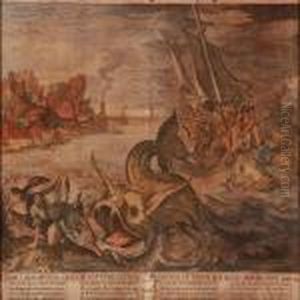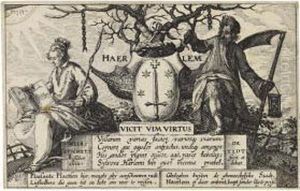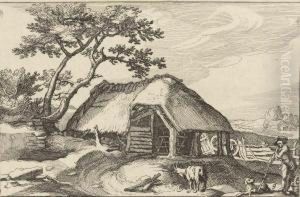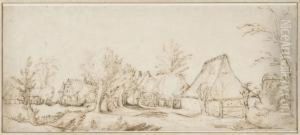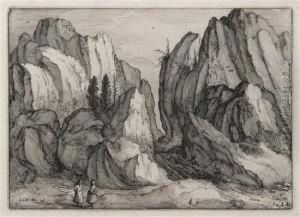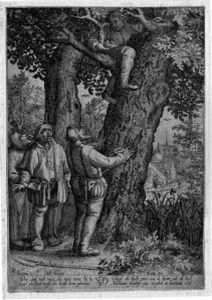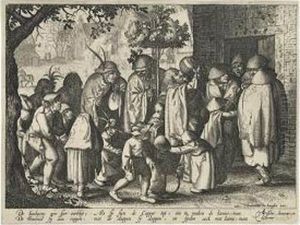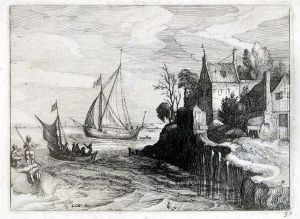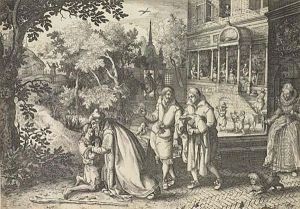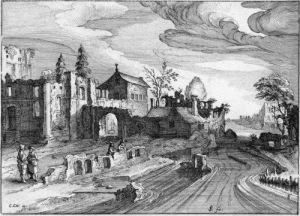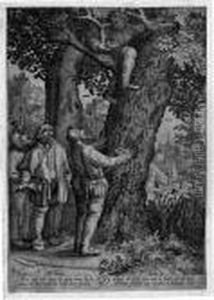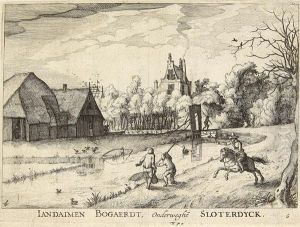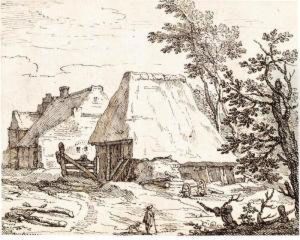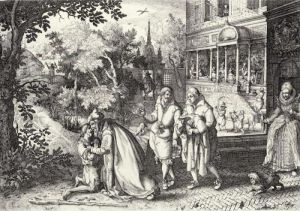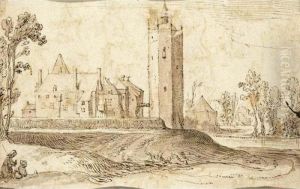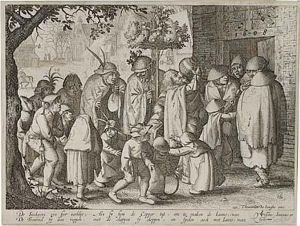Claes Jansz Ii Visscher Paintings
Claes Jansz Visscher II, born in 1587 in Amsterdam, was a prominent figure in the Dutch Golden Age of art and cartography. He hailed from a family deeply entrenched in the world of printmaking and cartography, with his father, Claes Jansz Visscher I, being a well-respected publisher and mapmaker. This familial background provided Visscher with an early exposure to the arts and the technical aspects of printmaking, laying a solid foundation for his future career.
Visscher was not only a skilled cartographer but also an accomplished artist, known for his detailed landscapes, cityscapes, and historical scenes. He played a significant role in the development of the Dutch landscape tradition, which would come to influence artists for generations. His works often depicted the Dutch countryside, imbued with a sense of realism and attention to detail that was characteristic of the period.
Beyond his contributions to landscape art, Visscher was a prolific publisher and engraver. He continued and expanded the family business, establishing one of the most significant print shops in Amsterdam. His shop produced a wide range of materials, including maps, atlases, and prints, which were highly sought after both in the Netherlands and internationally. Visscher's maps were renowned for their accuracy and artistic quality, contributing significantly to the contemporary understanding of geography.
Visscher's legacy extends beyond his own lifetime. He was instrumental in training and influencing the next generation of Dutch artists and cartographers, including his son, Nicolaes Visscher I, who would continue the family tradition in printmaking and cartography. Through his works and his influence on others, Claes Jansz Visscher II left an indelible mark on the Dutch Golden Age of art, ensuring his place among the era's most important figures. He passed away in 1652, leaving behind a rich body of work that continues to be celebrated for its artistic merit and historical significance.
